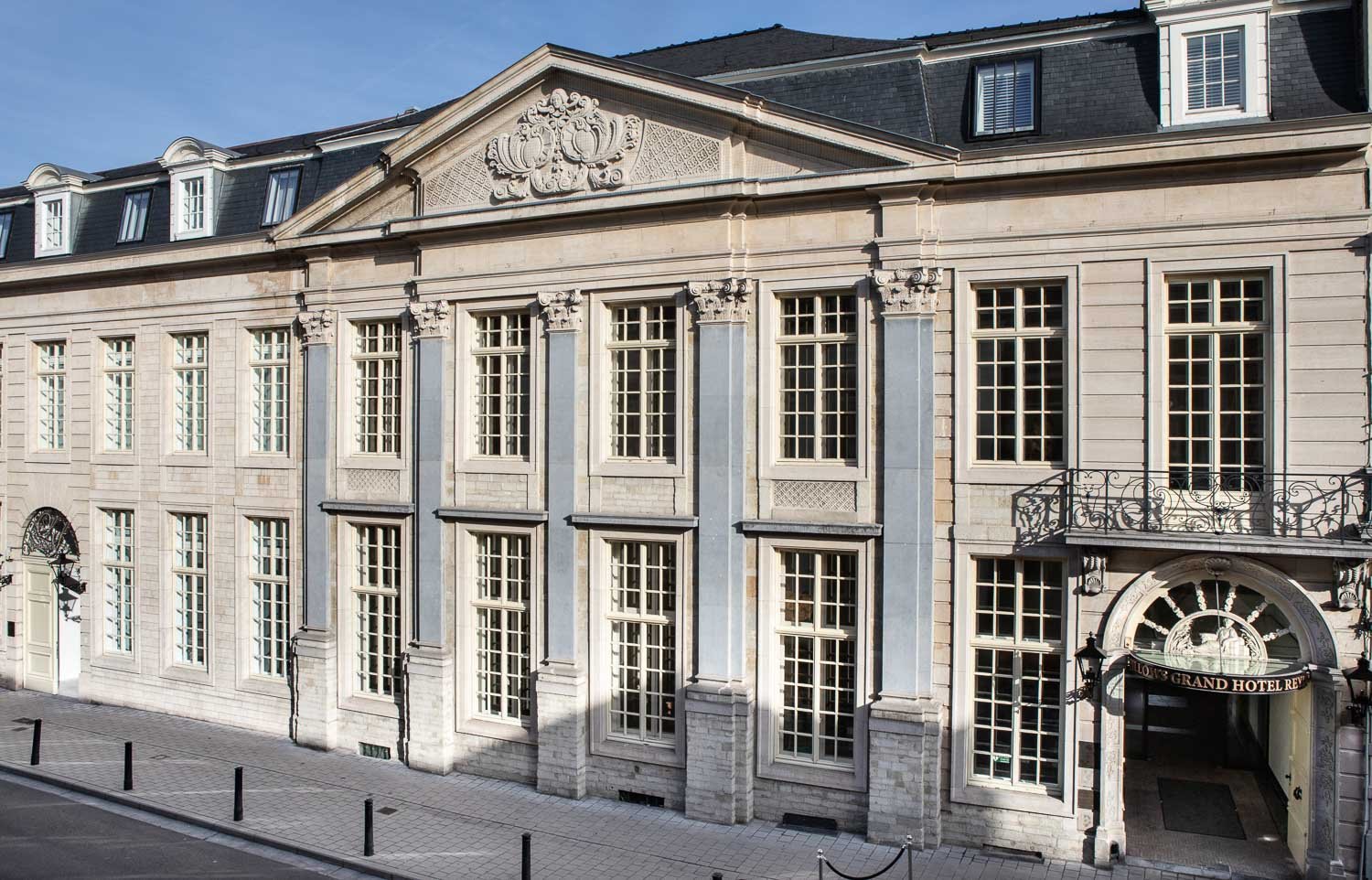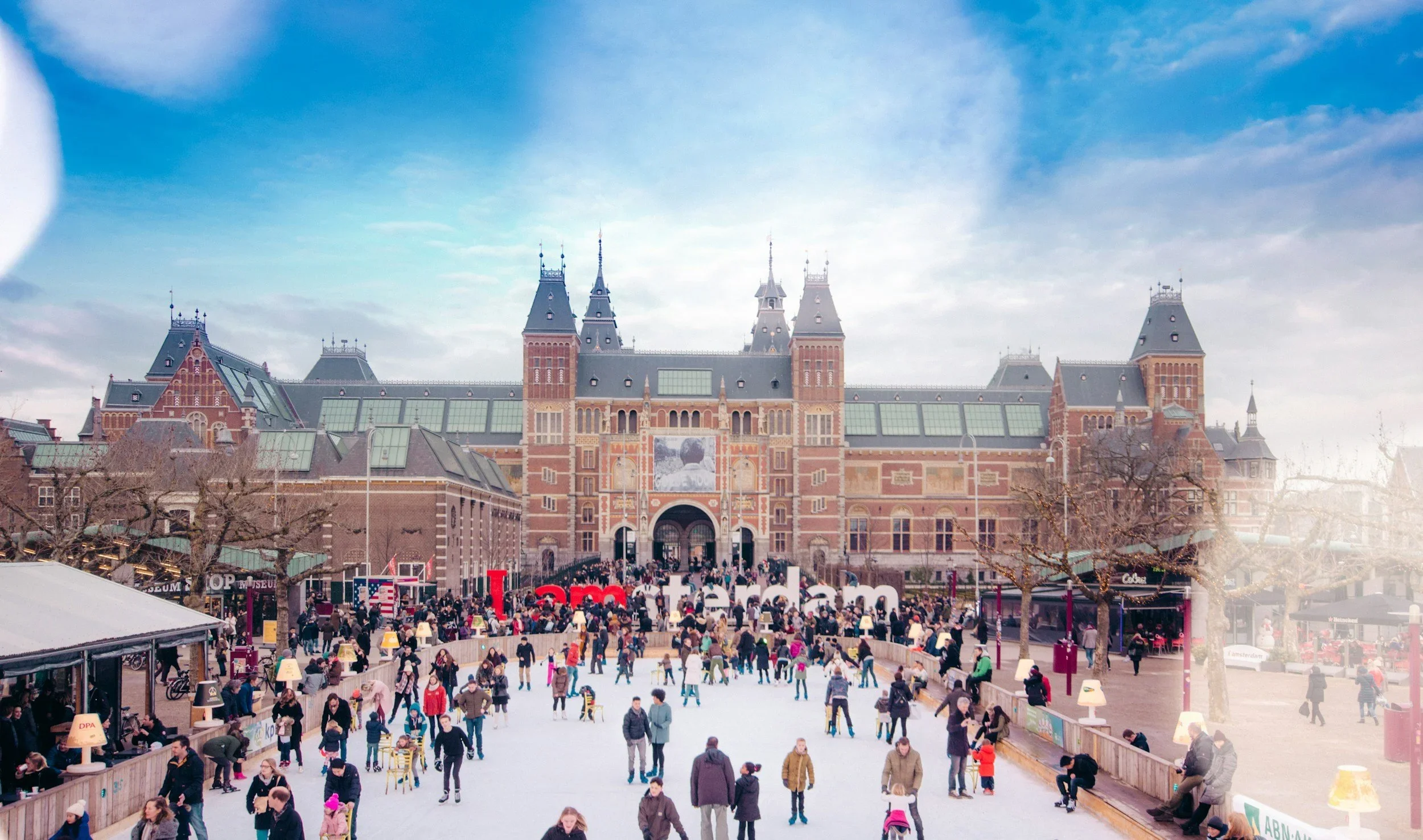The story behind our hotels: Amsterdam and Ghent
In 2022 the Pillows Hotels collection will celebrate its 5th anniversary. A moment to reflect on the origin of Pillows Hotels and the stories behind the beautiful, often monumental, buildings in which our hotels are housed.
The first Pillows Hotel in Amsterdam
'You, now!’ The shortest poem ever written. Written by Joost van de Vondel in 1620, it encompasses the Pillows philosophy precisely: it's all about the guest. Indeed, it seems hardly a coincidence that we opened our first hotel in Anna van den Vondelstraat in Amsterdam, a street named after the daughter of the Dutch poet, that borders on the park named after him: Vondelpark.
Pillows Anna van den Vondel comprises numbers 2 to 6 and is, in effect, a terrace of homes. The houses at numbers 4 and 6 were built between 1884 and 1896. House number 2 was added later, which is why it has a different architectural style. The architect H. J. Wigman actually lived at number 6.
The 19th-century building was completely renovated, but with due respect for Mr. Wigman's efforts 100 years earlier. An entirely new conservatory was built, offering views of the enclosed garden. All 30 hotel rooms were also renovated. They all vary in size, from the basement to the attic, but all have the same warm, elegant and timeless interior that so typifies Pillows Hotels.
Pillows Hotels was born.
A baron's mansion in Gent
Someone else born in Amsterdam was Olivier Reylof. Not that he lived there for long as he moved to Gent, where the rest of the Reylof family originally came from, while he was still young. Reylof was well-read in history, theology, philosophy, and physics but had a particular passion for literature. According to his friend and poet Lieven de Meyer, there was not a literary discussion or debate in which the young Reylof did not participate.
In 1711, at the age of 27, he published his first collection of Latin poems. Although opinions were divided, it was successful enough for a second printing, for the title of baron, and for a grand mansion.
One small problem was that a house already stood on the very spot that he wanted to build his. However, Reylof's new design was so impressive that permission was given to demolish the existing house and outbuildings.
The imposing mansion was built in 1724 and was given the name ‘Hotel Reylof’. At the time, 'hotel’ was a French word for 'noble residence’, but this title is still correct in today's language. Pillows Hotels opened Pillows Grand Boutique Hotel Reylof there in 2018, retaining as much of the home's refined class as possible. The impressive spiral staircase, the former coach entrance and the coach house can still be admired, as well as the Empire style walls with rich and vibrant colours, beautiful stucco and paintings. The façade of the building was restored to its former glory thanks to an earlier restoration by the Luikse Verzekering insurance company in 1961.
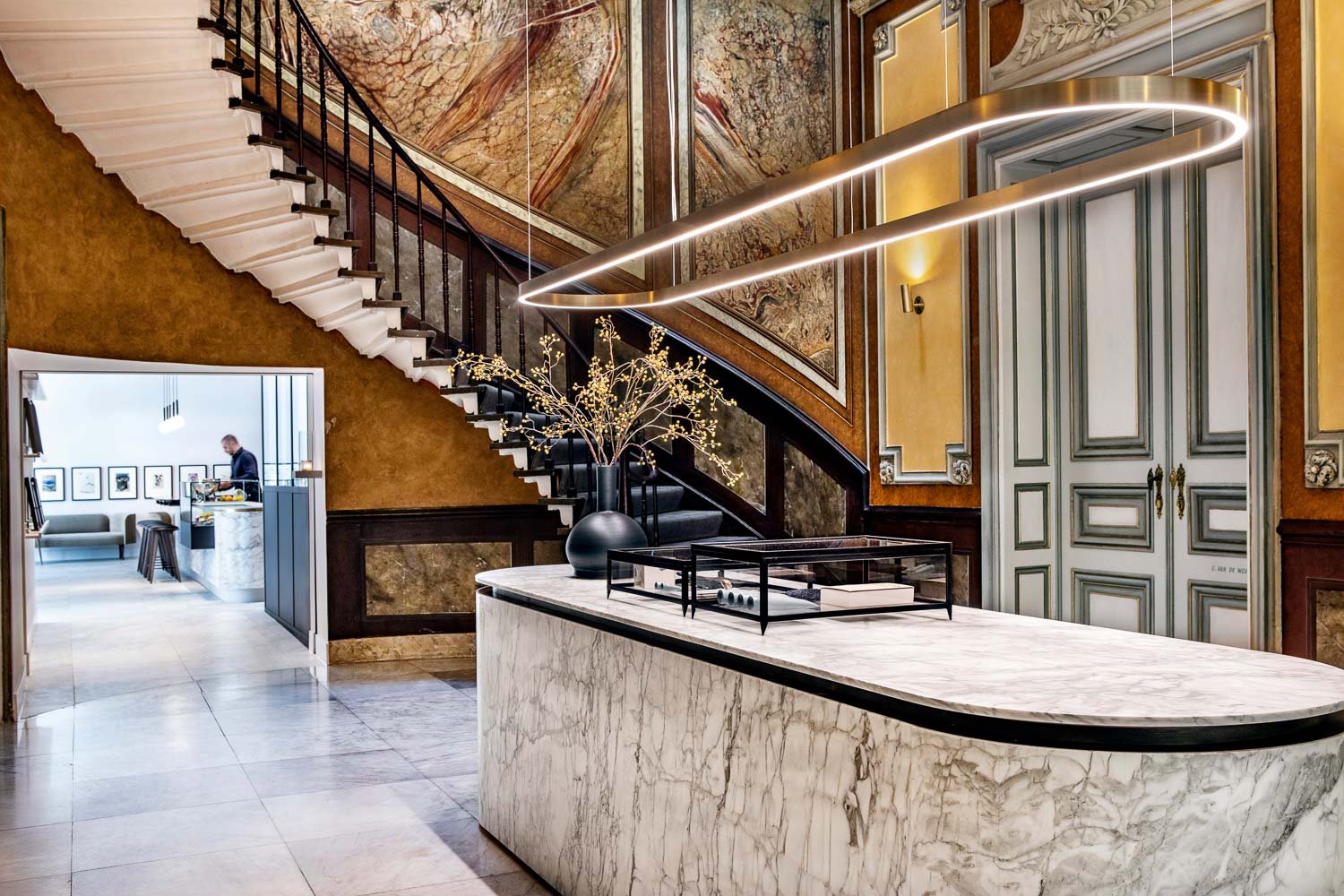
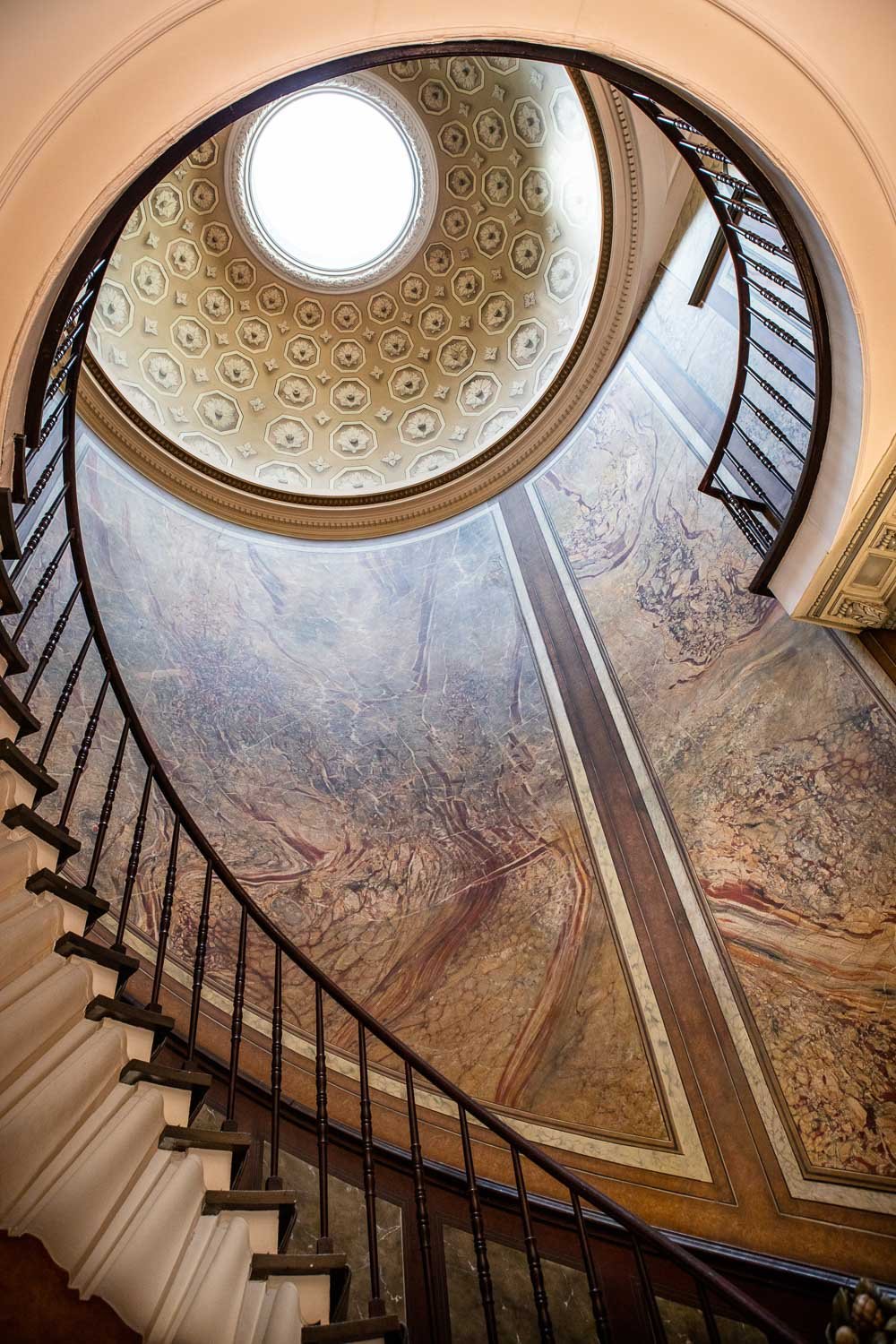
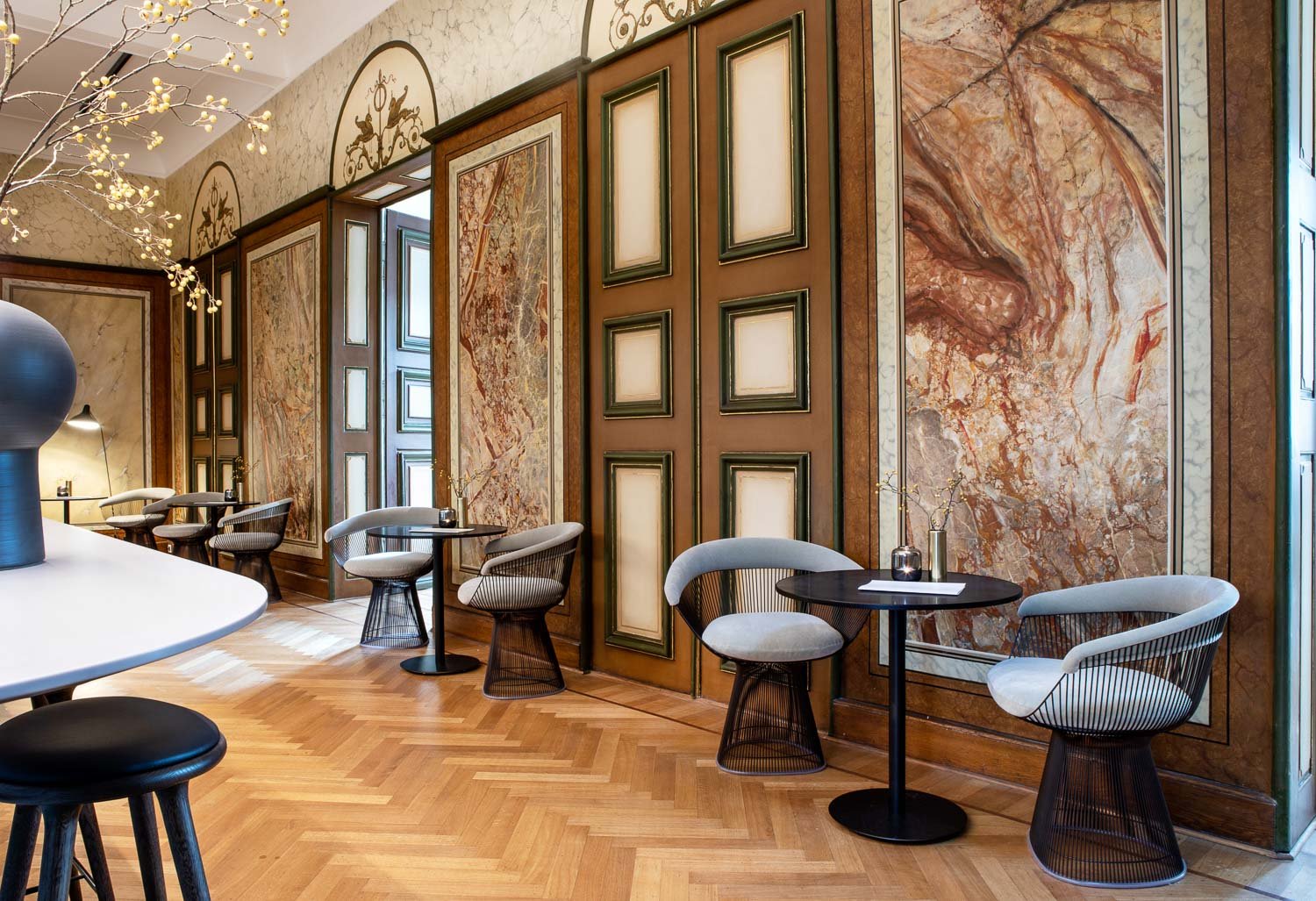
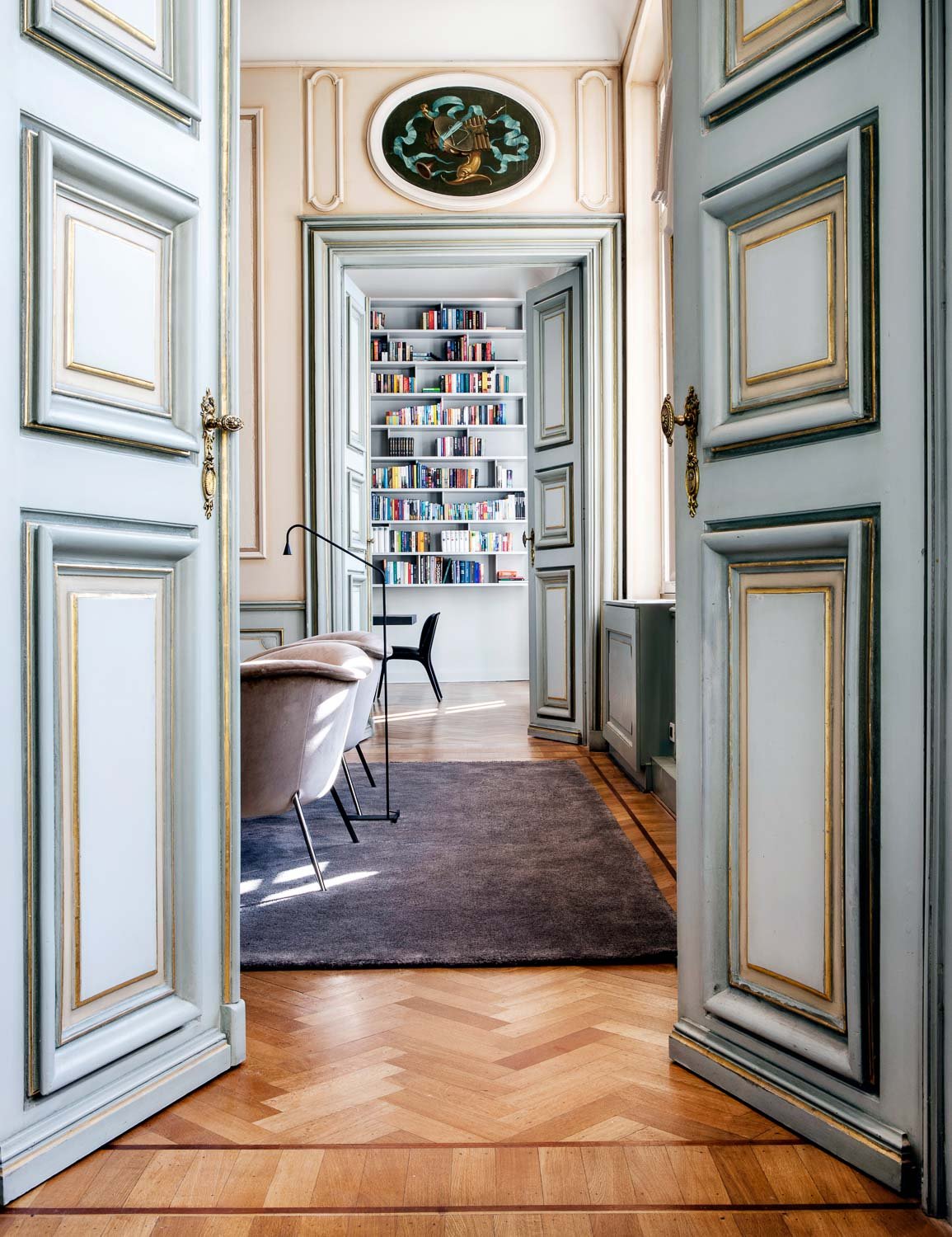

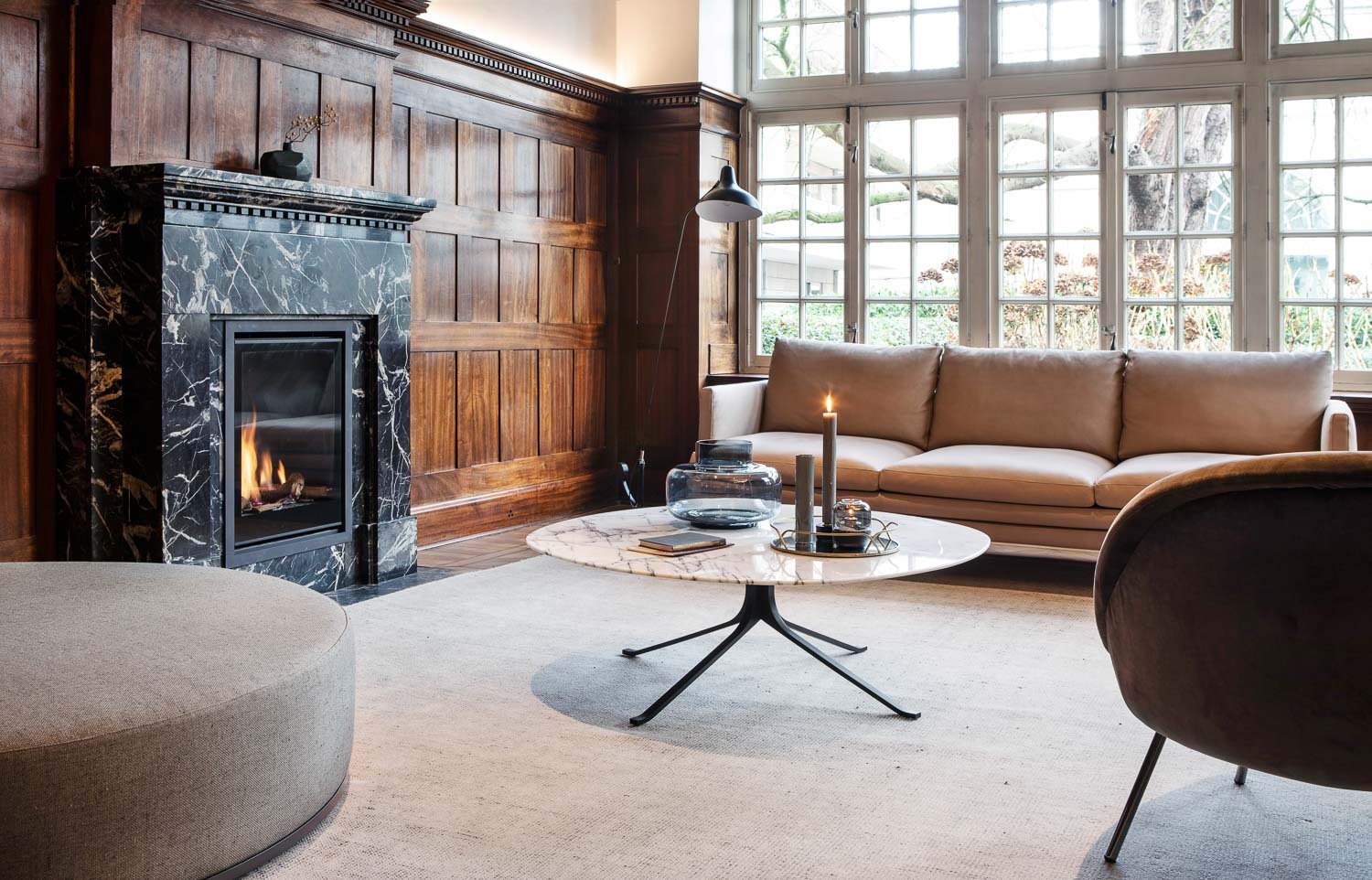
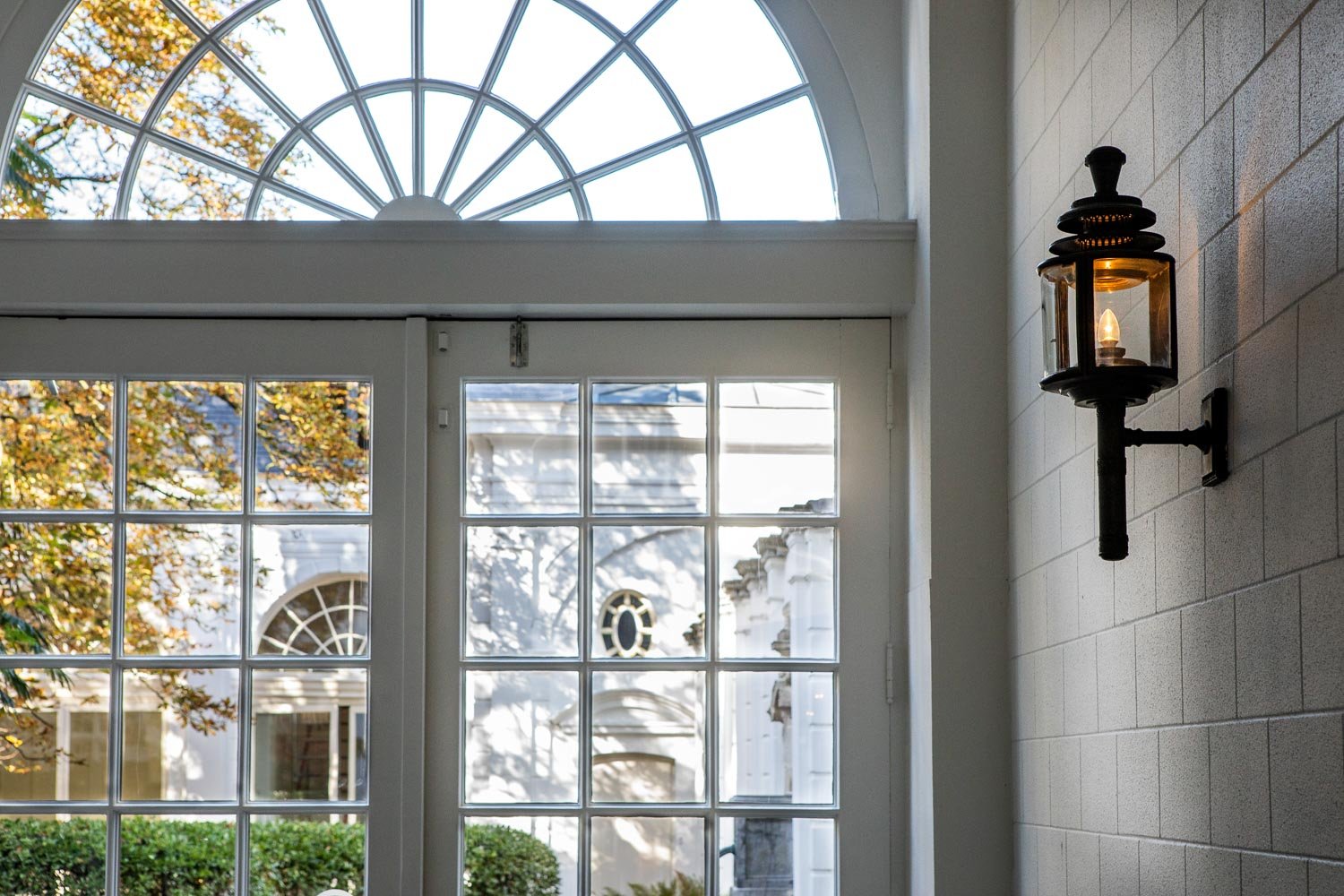
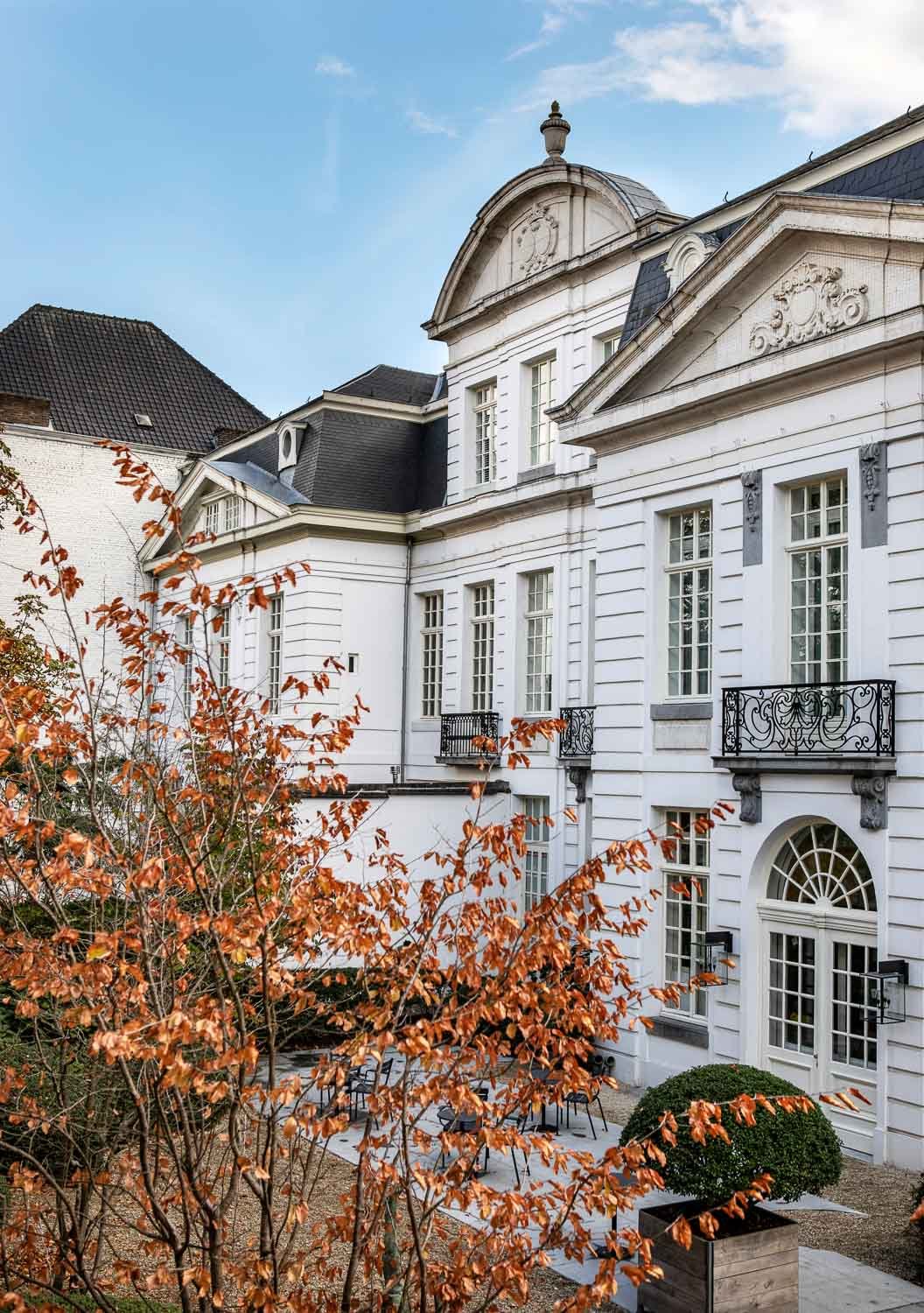
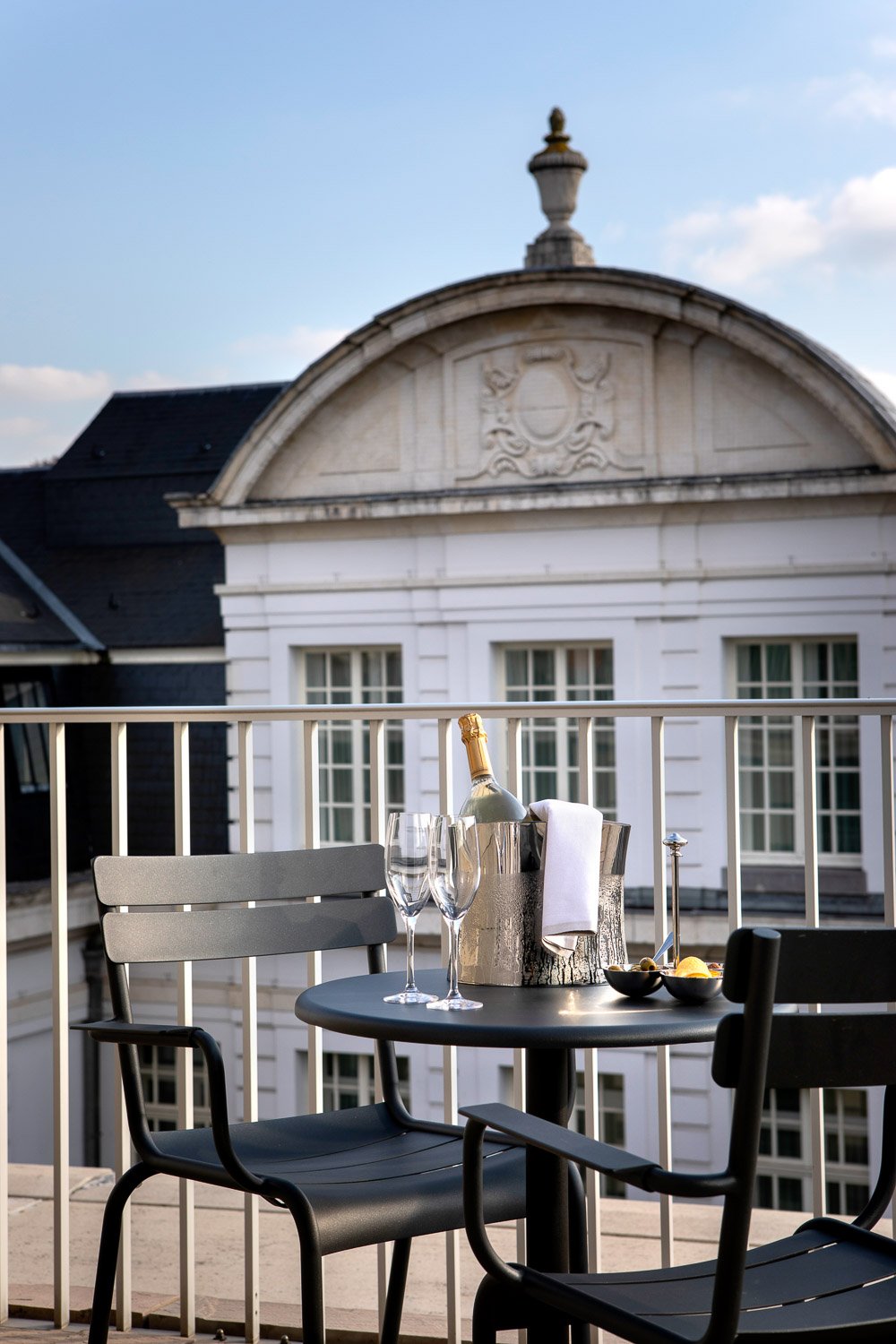
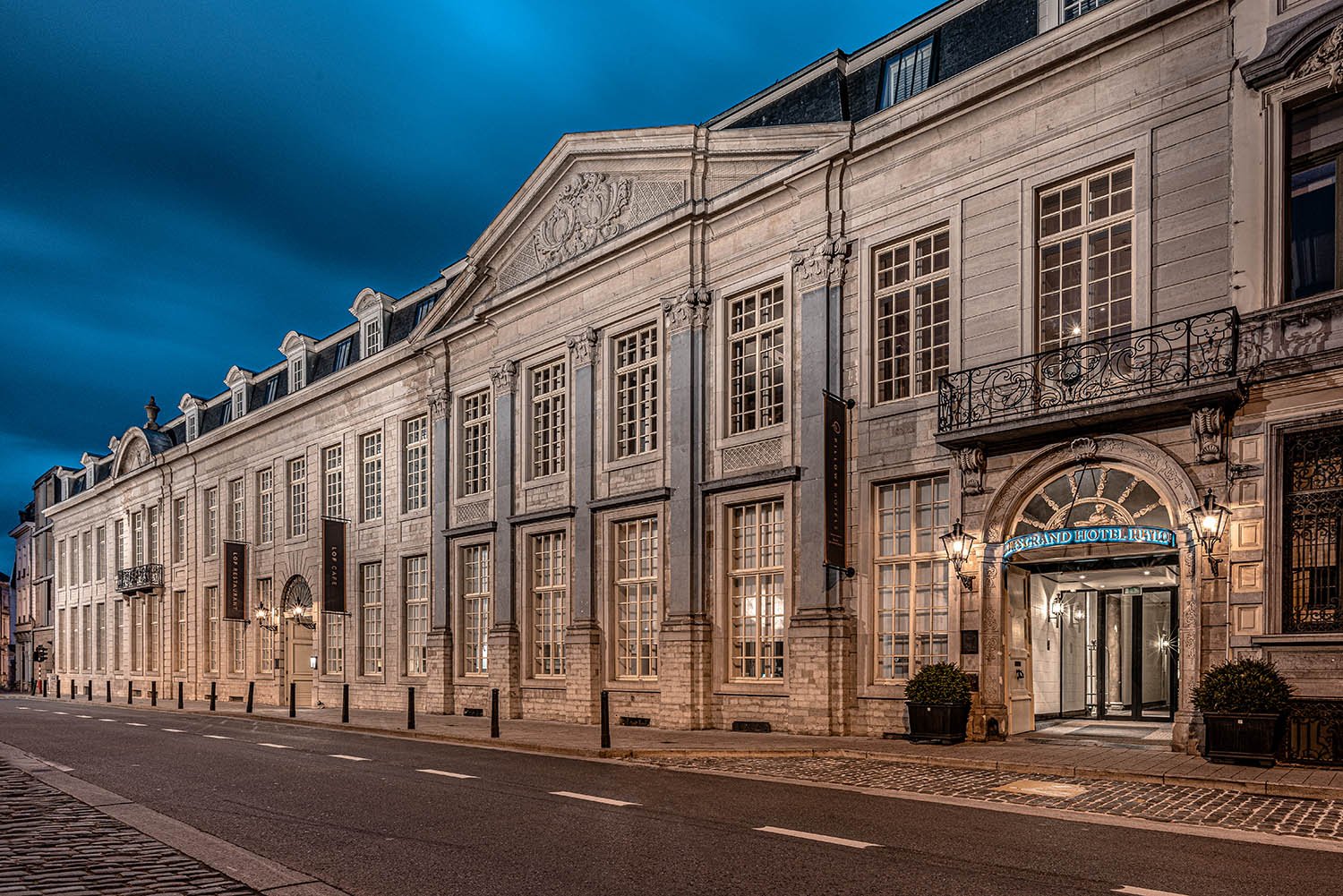
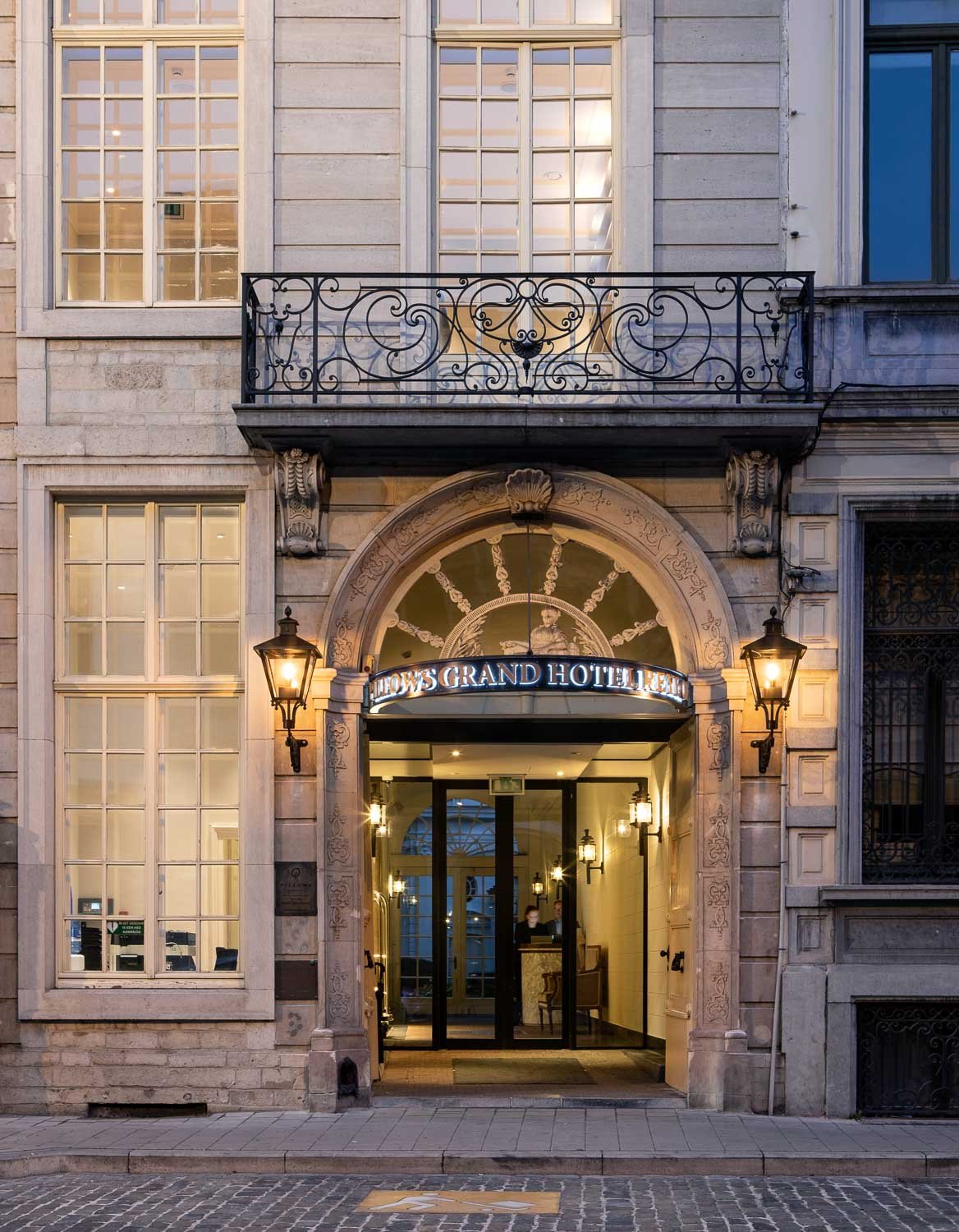
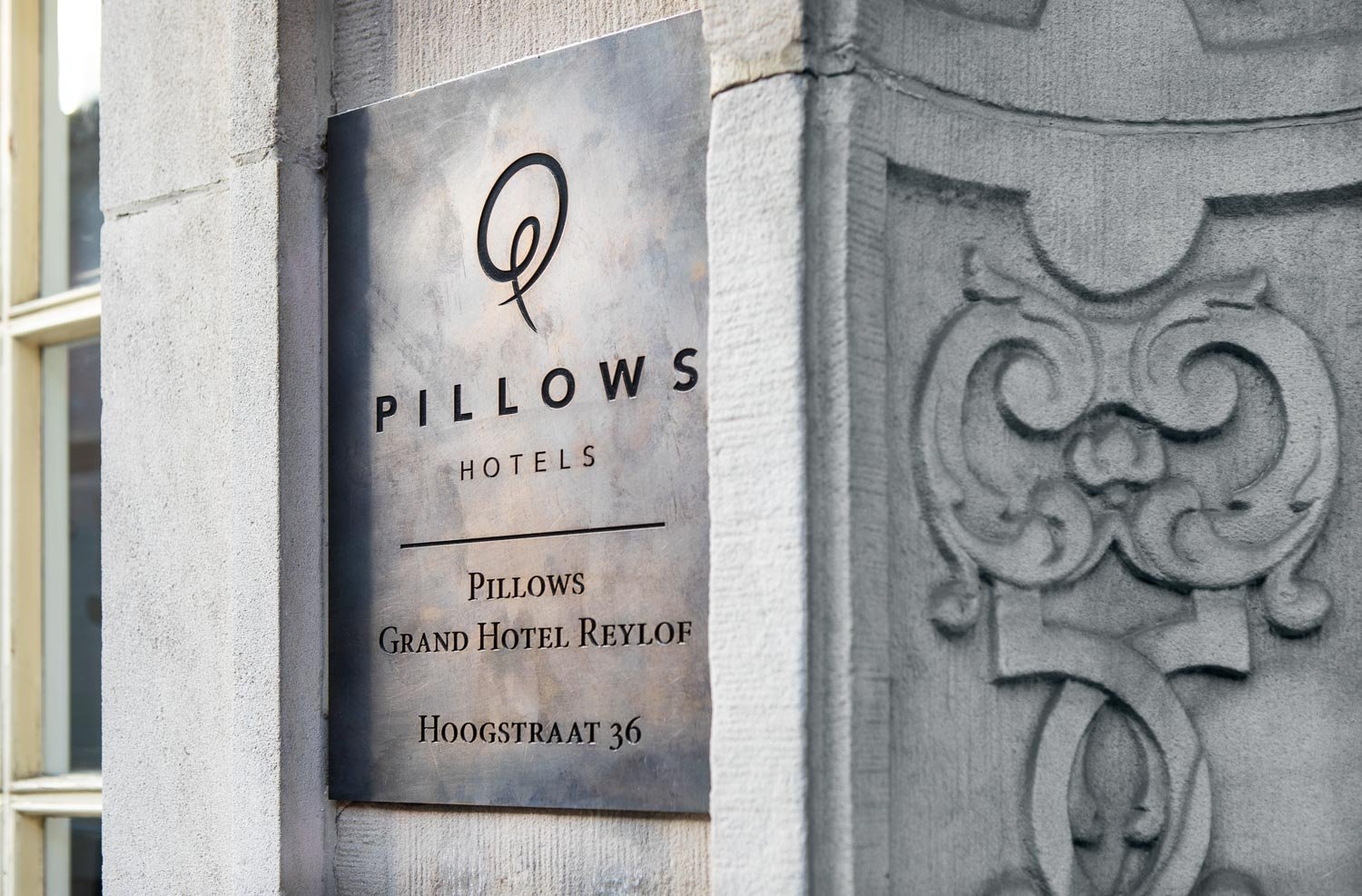
The house must have cost an incredible amount of money and Reylof's artistic dream was probably bigger than his wallet, as the original design was never fully executed. On the official application below, for example, you can see an artfully designed pediment with a family coat of arms, the globe as a symbol for science and, on the left and right, a figure of women holding a lance. These cannot be seen in the actual façade.
While his sense of finances may have been a little less developed, his sense of good taste and the mansion it produced are to be cherished.
Discover the stories behind our hotels in Limburg and Deventer in our next blog.
Like to admire the characteristic Pillows Hotels buildings for yourself? Make a reservation with Pillows Hotels now and experience the unique combination of contemporary design in historical buildings.



